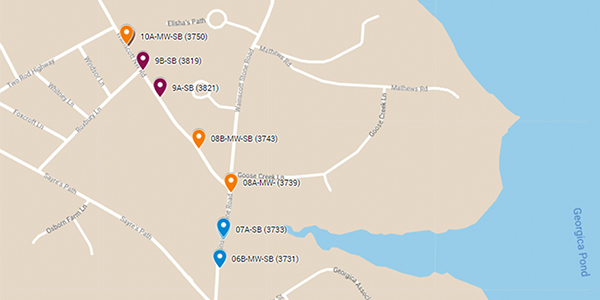The New York Public Service Commission on Thursday approved the 132-MW South Fork Wind project’s application to lay 7.5 miles of export cable from the federal waters boundary to a substation in East Hampton, Long Island (Case No. 18-T-0604).
“This order marks a milestone in New York’s bold initiative to decarbonize its electric grid through the development of offshore wind resources,” PSC Interim Chair John B. Howard said. “While we have years of work ahead of us, today’s approval of Deepwater Wind’s South Fork’s Article VII application moves New York closer to its goal. As with every Article VII case before the commission, we strive to strike the proper balance between the public need and environmental compatibility. I believe this application meets the test.”
The Bureau of Ocean Energy Management in February held a public hearing at which fishermen, environmentalists, labor unions and local residents broadly supported South Fork’s construction for the Long Island Power Authority in a joint venture between Ørsted and Eversource Energy. (See BOEM Hears Public Support for South Fork OSW.)
“We commend the PSC and its staff, local and state elected officials, the multiple state agencies that were a part of this process, and all of the experts, advocates and community leaders whose efforts over the past two years brought us together and made today’s milestone possible,” Joe Martens, director of the New York Offshore Wind Alliance, said in a statement.
Commission Approves Installed Reserve Margin for 2021/22
The commission also approved the New York State Reliability Council’s recommended 20.7% installed reserve margin (IRM) for the New York Control Area under base conditions, and preliminary locational capacity requirements (LCRs) of 82.6% and 95.1% for New York City and Long Island, respectively (Case No. 07-E-0088). The IRM and LCRs apply to the upcoming capability year that runs from May 1 to April 30, 2022.
“This item deals with the fundamental operation of our entire electric grid,” Howard said. “Failure of the grid has much more existential consequences. As we decarbonize our energy systems, the foremost responsibility of this commission going forward is to ensure our electric grid maintains its reliability at the highest possible standards. I believe this is a truly moral obligation.”
The 2021/22 IRM study base case result represents a 1.8 percentage point increase from the 18.9% base case IRM set last year. The NYSRC said the increase was primarily driven by updated load forecast uncertainty, representation of the limited output of certain energy-limited resources (which can’t operate at installed capacity for all hours of the day) and the retirement of generation coupled with system topology changes.
Those factors and others indicated a cumulative 3.1% increase in the estimated IRM, while decreased enrollment of special case resources coupled with improved performance, a new load forecast and other parameters decreased the IRM by 1.3%.
“The New York State Reliability Council’s primary responsibility is determining the state’s installed reserve margin … and I’m mindful that the improved IRM has not been over 20% in 20 years,” Commissioner Diane X. Burman said. “I can’t underscore enough the importance of reliability.”
The 2021/22 IRM study relied on the General Electric Multi-Area Reliability Simulation (GE-MARS) modeling software program in conjunction with load and transmission models to calculate probabilities for generator outages and determine how many days per year New York could expect capacity shortages.


